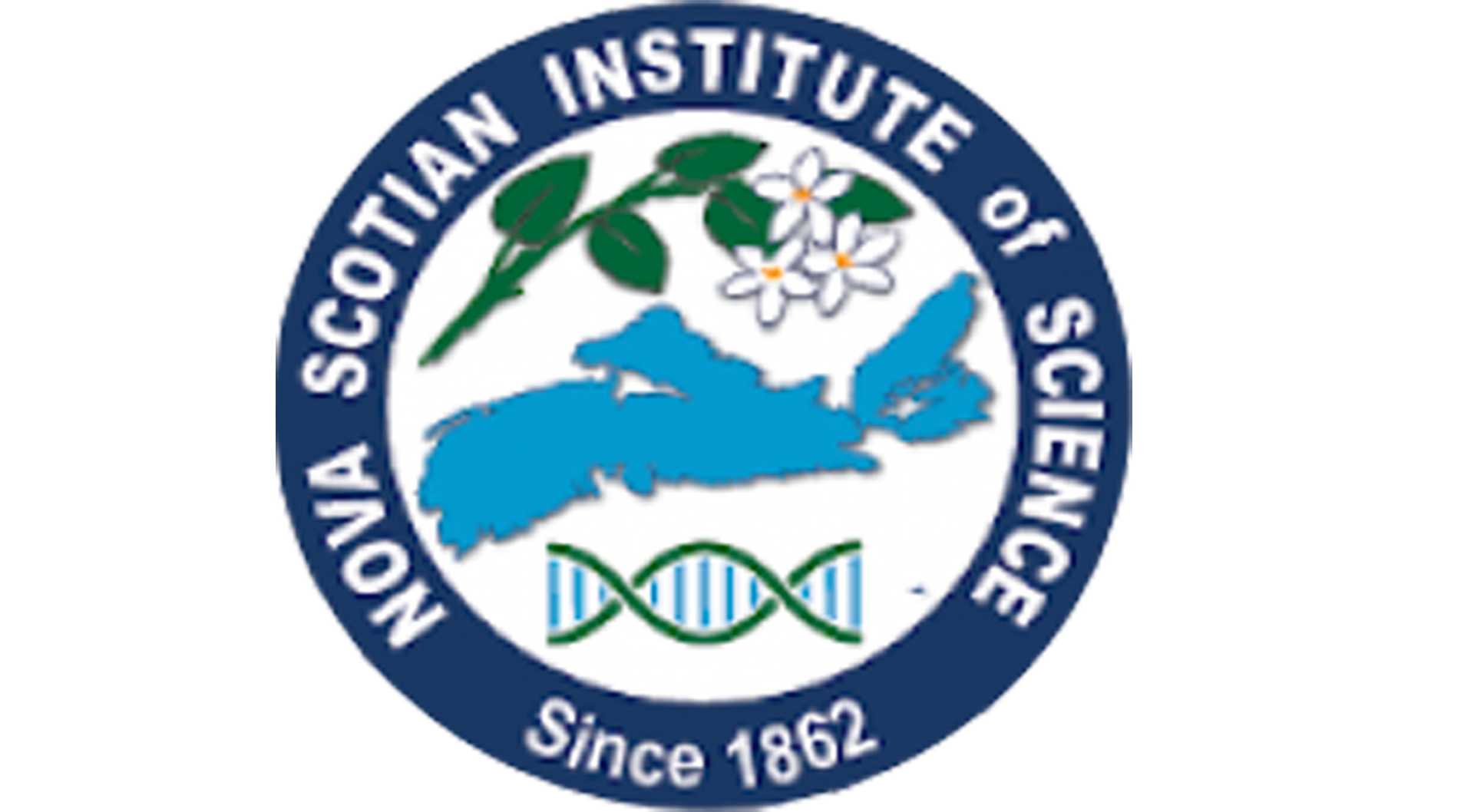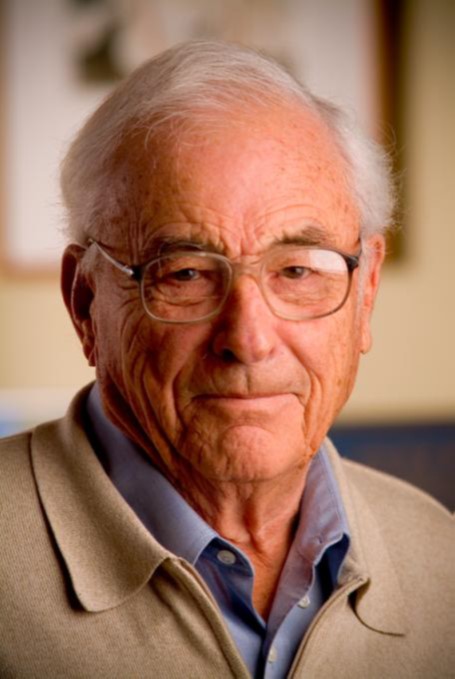Born: 19 August 1924, Amherst, Nova Scotia
Died: 7 May 2011, Truro, Nova Scotia
Field: Physics, Semiconductor technology
Willard Boyle moved to rural Quebec as a young boy, was home schooled by his mother, and began his formal education at Lower Canada College in Montreal at the
age of 14. He joined the Royal Canadian Navy in 1943. After the war, he received his B.Sc., M.Sc. and PhD (Physics) degrees from McGill University. In 1953, he joined the Bell Laboratories in Murray Hill, New Jersey, USA.
In 1962, he worked on a project which developed the first continuously operating ruby laser. He participated in space science and exploratory programs and the Apollo Space program. In 1969, in collaboration with colleague George Smith, the charge-coupled device (CCD) was created. During his time at the Bell Laboratories, he was involved in producing at least 18 patents. He retired from the Bell Laboratories in 1979 as the Executive Director of the Communication Science Division. He lived in Wallace, Nova Scotia and maintained a residence in Lac Tremblant, Quebec.
For his contributions to science, Dr. Boyle has received numerous awards, medals, and prizes for his accomplishments. He was inducted into the Canadian Science & Engineering Hall of Fame in 2005. He was the co-recipient of the Nobel Prize in Physics for his role in the invention of an imaging semiconductor circuit – the CCD sensor in 2009. He was made a Companion of the Order of Canada in 2010.
Photo credit: National Academy of Engineering

